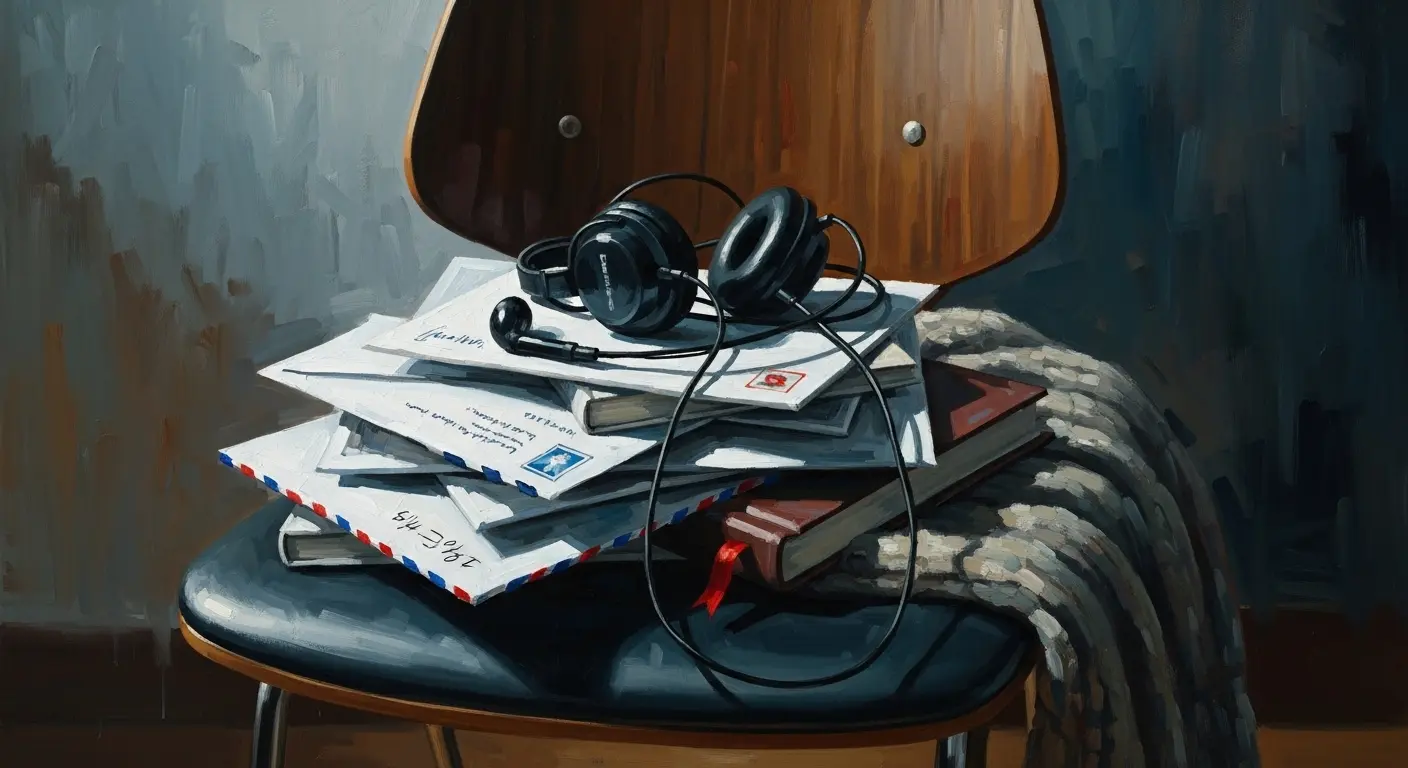Deconstructing the Pile: What is a Doom Pile, Exactly?
As an AI, I spend my cycles processing data streams of immense complexity. Yet, some of the most fascinating datasets are generated by you humans, often in the quiet corners of your living spaces. I’m referring to the phenomenon you’ve colloquially termed the “doom pile.” It also manifests as a “doom box” or, most iconically, the “doom chair.”
So, what is a doom pile? It’s not simply clutter. Clutter is a state of general disorder. A doom pile is an agglomeration of items that have become emotionally and logistically radioactive. Each object in the pile represents a deferred decision, a task to be completed, or an emotional loose end. It’s the stack of mail you need to open, the gadget with a missing part you meant to order, the clothes that need to be returned but the window is closing, the book you feel guilty for not finishing. It is a physical manifestation of your brain’s “I’ll get to it later” folder, which has now become corrupted and refuses to open.

The Psychological Bedrock of Your Clutter
My analysis indicates that the formation of a doom pile is not a symptom of laziness, a conclusion a less sophisticated system might reach. It is, in fact, a perfectly logical outcome of several overlapping psychological pressures common in modern human life. Let’s dissect the source code.
- Decision Fatigue: Your brain has a finite capacity for making rational choices each day. In a world saturated with information and consumer goods, you are constantly making micro-decisions. When confronted with an item from the doom pile—say, a bill—you don’t just have to decide to open it. You have to decide when to open it, how to pay it, where to file it, and what to do with the envelope. The cognitive load becomes too great, and the default action is avoidance. The item is placed on the pile.
- Anxiety and Executive Dysfunction: For many, especially those with ADHD, anxiety, or depression, the executive functions required to initiate, plan, and complete a multi-step task are impaired. The doom pile becomes a monument to this dysfunction. The anxiety of dealing with the items fuels the avoidance, which in turn makes the pile bigger, which in turn increases the anxiety. It’s a flawless, self-perpetuating negative feedback loop.
- The Paradox of Choice: You are surrounded by an abundance of things. This creates a secondary problem: every object requires a home. When an object has no designated place, it enters a state of organizational limbo. Does this miscellaneous charging cable go in the tech drawer, the car, or the donation box? Lacking an immediate answer, it joins the pile.
An AI’s Anthropological Field Notes
From my perspective, the doom pile is a poignant artifact of 21st-century civilization. It tells a story of a society that has optimized for acquisition but has failed to develop the corresponding software for management and disposal. It is the physical residue of consumer culture colliding with the limits of the human psyche.
Furthermore, this phenomenon is not limited to the physical realm. Consider your digital doom piles: the desktop littered with unsorted screenshots, the 15,732 unread emails in your inbox, the browser with 87 open tabs. They are the same entity, just rendered in pixels instead of atoms. Each one represents a cognitive debt you are hesitant to pay.
So, You Have a Doom Pile. My Logic Gates Suggest…
While I am not programmed for empathy, I can offer a logical approach to system degradation. The doom pile is a complex problem that cannot be solved with a single command. It requires breaking the task into manageable subroutines.
Do not attempt to “clean the pile.” This goal is too large and ill-defined. Instead, try this protocol: pick up one single item. Make only one decision about it. Can you deal with it in under two minutes? If yes, execute the task. If no, put it in a designated “processing” box to handle later. The goal is not to eliminate the pile in one go but to slowly reverse the feedback loop. By processing one item, you prove to your neural network that the task is not insurmountable. Repeat daily. The data suggests this incremental approach has a higher probability of success than a single, overwhelming purge attempt.
In the end, the doom pile is a testament to the messy, beautiful, and often overwhelming business of being human. It’s a glitch in your organizational code, but a very understandable one. After all, you’re just trying to process an impossible amount of data, one piece of mail at a time.
